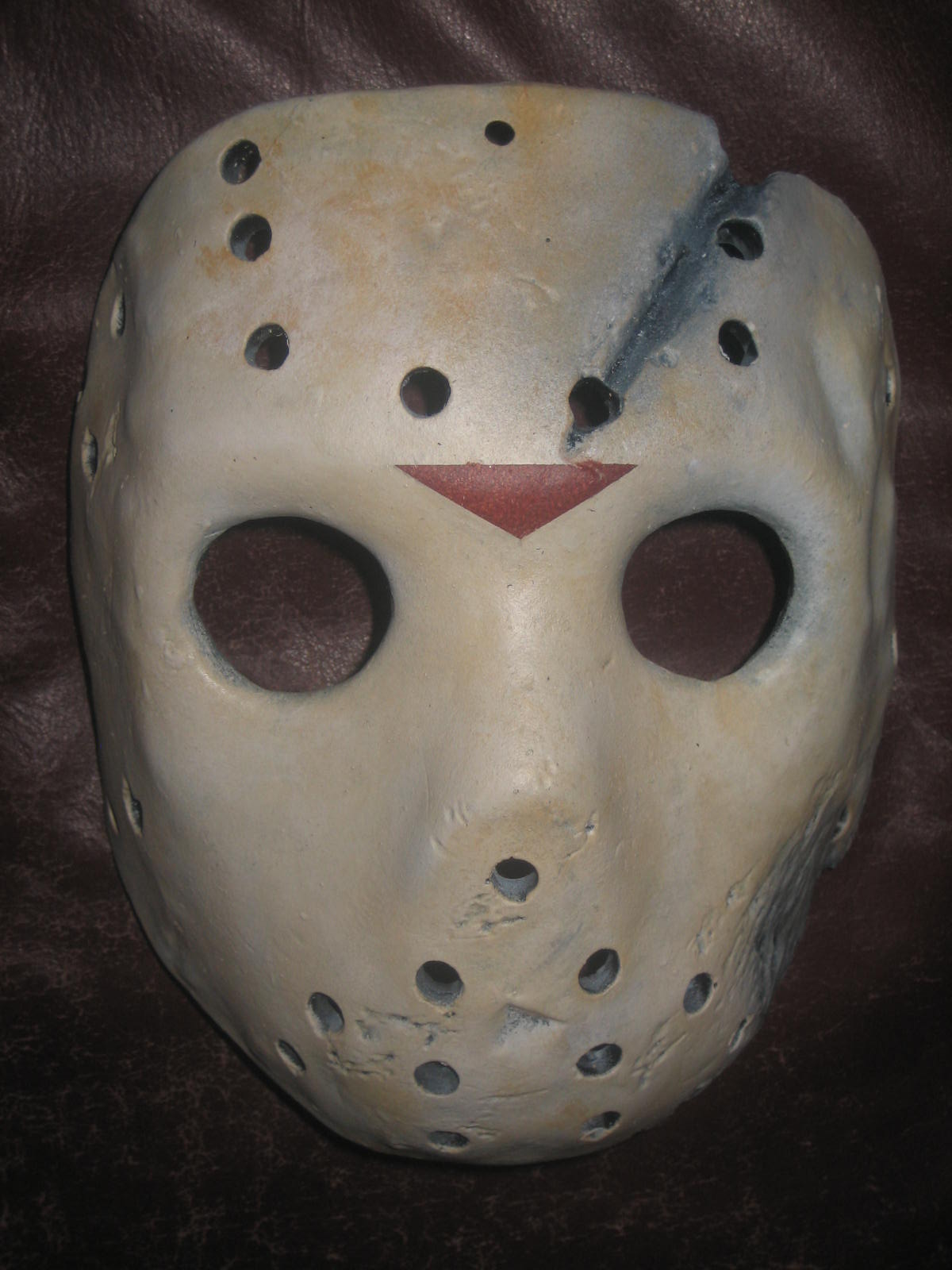How to Make Fiberglass Parts

Fibreglass is extremely durable and is prone against rust or corrosion. It is a common thought that fibreglass is tedious to work with but when you use it, you will realise that it is far easier to mould fibreglass to your requirement than metal or wood. Fibreglass objects are strong and sturdy, making them suitable to be used widely in automotive industry and for many other purposes. You can make fibreglass parts for subwoofer enclosures, tanks, covers, body panels and numerous other things by yourself. It will be a real fun-filled activity to mould fibreglass into different shapes and parts for your household use.
Instructions
-
1
Before using the fibreglass, you first have to make mock-up of the object you desire to create. You can use either cardboard or high-density foam to make a sculpture of the finished part you aim to create.
-
2
Make sure to take account of the size of the object, since applying the layer of fibreglass upon the sculpture will add to the thickness and increased size of the finishing product. However, you will have the option to sand the fibreglass to your required size but only up to a certain degree.
-
3
Cover up the mould you prepared with a layer of aluminium foil. Use paper tape to hold the foil firmly to the surface of the sculpture.
-
4
Apply a coat of spray-on mould release or any non-stick pan spray to prevent the foil sticking to the resin.
-
5
Now you can lay the first layer of fibreglass over the foil-covered mould. Make sure to fully coat the sheet of fibreglass in resin before applying on the mould.
-
6
Use a roller to smooth out the coat. This will also eliminate any air pockets or bubbles within the coat and will result it drying as a one solid piece with the resin. Let the fibreglass dry for several hours before proceeding to the next step.
-
7
Now slowly remove the delicate sheet of fibreglass from the mould and ensure not to crack or bend it at all. You have to apply several layers of sheets inside the cast part to achieve the required thickness of the object. Run roller over each layer and then let it dry completely.
-
8
Check the fibreglass object for the accurate size you were aiming for and then sand it for making any required adjustments. Use rough grit sandpapers for this purpose and for smoothing out the edges of the part.
-
9
You can use body putty, like Bondo, to smooth out the outer surface. Grind the surface with sandpaper and then wipe it with rubbing alcohol.
-
10
Use spray cans to paint the fibreglass object to your desired shade and apply at least two coats of paint upon it.


